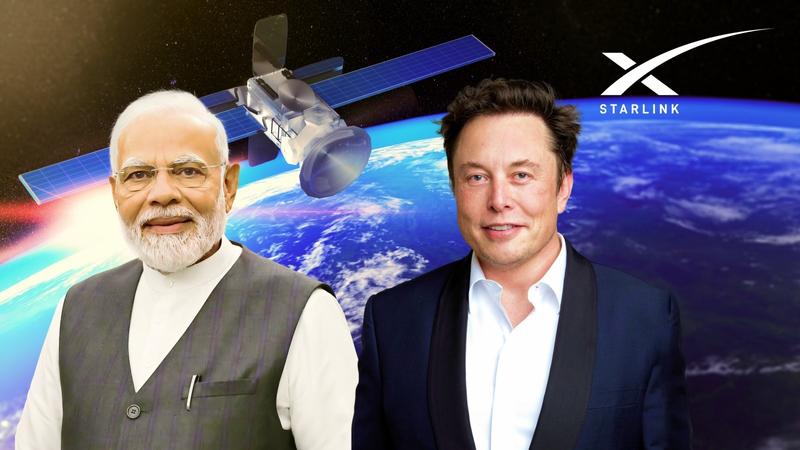Published 17:23 IST, April 16th 2024
Starlink Explained: How this Elon Musk-led venture can bridge India's digital divide
Starlink, spearheaded by SpaceX, aims to revolutionise internet access by leveraging a massive network of satellites orbiting Earth.

Narendra Modi and Elon Musk | Image:
Republic Business
- Listen to this article
- 4 min read
Advertisement
17:16 IST, April 16th 2024



